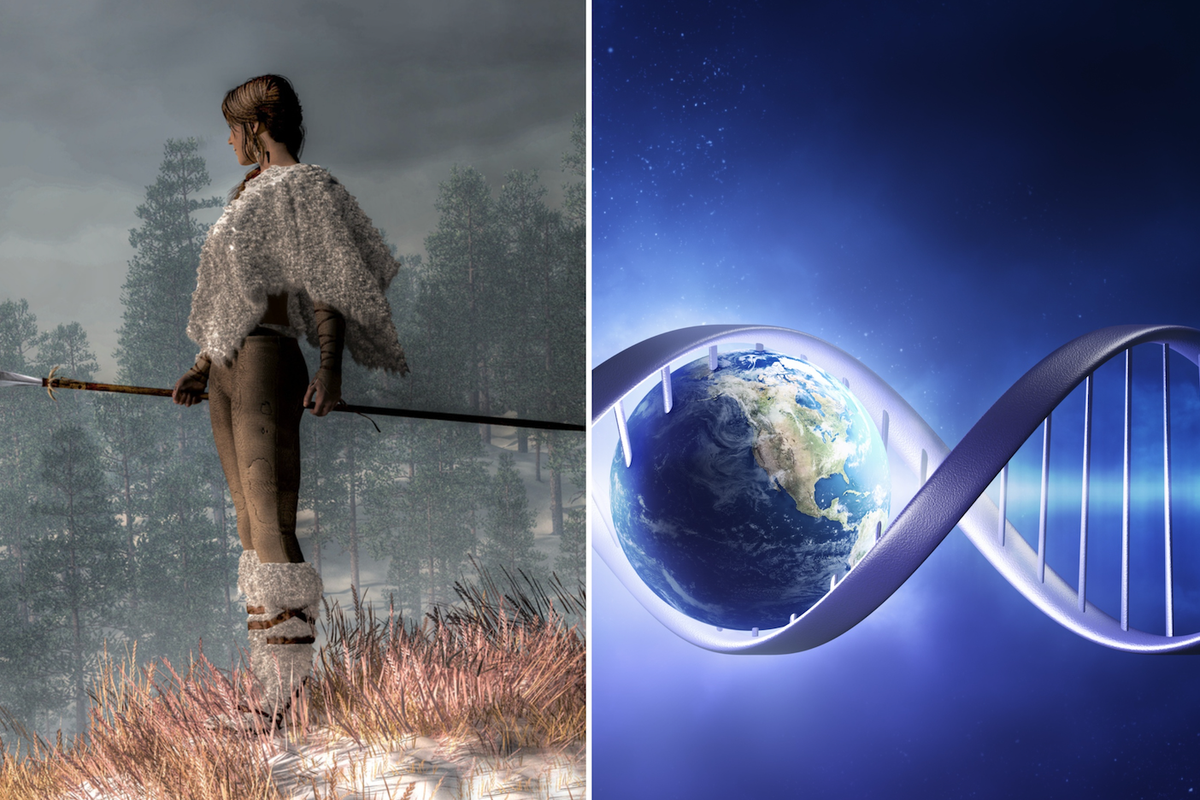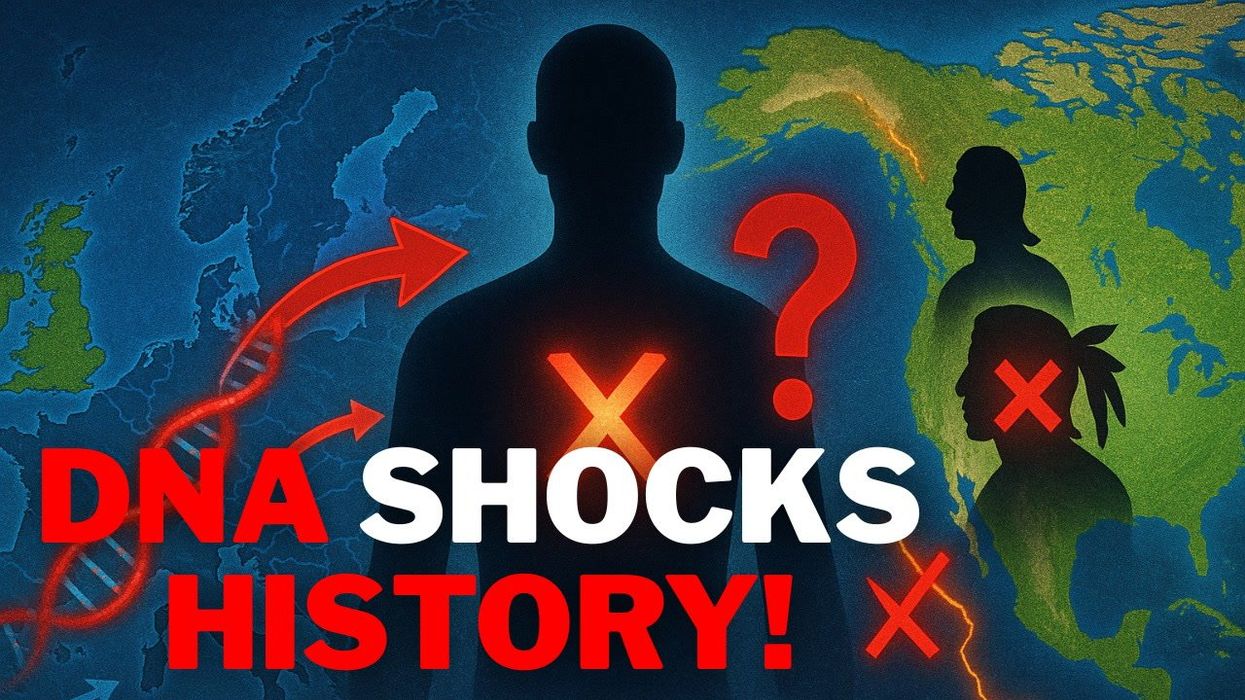Sinead Butler
Aug 22, 2025
Rare DNA Found in Native Americans Just Changed Human History
WooGlobe - News / VideoElephant
It's a mystery that has left experts scratching their heads for decades, but just how did humans make their way from Europe to North America?
After years of uncertainty, a new discovery might just change everything we previously knew about early human populations.
Here is a breakdown of what you need to know about this important Ancient DNA discovery - and how it relates to the Haplogroup X, one of the rarest genetic groupings that reveal ancestry and is prevalent in only around 1 per cent of the population of Europe.
What do we know about Halopgroups?
Scientists know that over 12,000 years ago, Haplogroup X arrived in the Americas, but this journey wasn't via Alaska or Siberia.
What we do know about Haplogroup X is that it is a rare maternal DNA lineage (passed from mother to child) and is prevalent on both sides of the pond, as well as the Middle East, and North Africa.
"Haplogroups are like family seals," Dr Krista Kostroman, a genetic medicine specialist and Chief Science Officer at The DNA Company explained to Daily Mail.

"They are distinctive genetic marks passed down over thousands of years, connecting us to ancestors who lived in entirely different landscapes, climates, and cultures.
“Because they rarely change, they serve as identifiers for tracing ancient migrations.”
The most common Haplogroups among Native Americans are A, B, C, and D, and these can be traced back to different areas of East Asia, demonstrating migration waves from the late Ice Age.
Where can Halopgroup X be found?
And so, the appearance of Haplogroup X is pretty extraordinary, with X2a found in Indigenous groups in the Northeast and Great Lakes regions, and X1 mostly found in North Africa, the Near East, and parts of the Mediterranean.
Although it can be found in these places, it is still not a common occurrence, and according to Kostroman, this "...rarity makes it a powerful clue for tracing human history."
When an uncommon marker appears in distant, disconnected regions, it signals a shared connection in the deep past."
That being said, Haplogroup X does not prove Native American ancestry nor a direct European migration.
In Siberia and Alaska, Haplogroup X is rare and so some researchers reckon X2a arrived in North America during the late Ice Age as part of migrations via a coastal route. More specifically, across the Bering Land Bridge from Northeast Asia, arriving alongside other maternal lineages.
Kostroman said: "Other possibilities are more speculative. Small groups carrying Haplogroup X may have arrived earlier, or it may have entered the Americas in multiple waves alongside other lineages.
"Other possibilities are more speculative. Small groups carrying Haplogroup X may have arrived earlier, or it may have entered the Americas in multiple waves alongside other lineages."
What does this mean?
This has resulted in some to suggest that Europeans might have crossed the Atlantic during the last Ice Age.
However, before we get ahead of ourselves, Kostroman warned not to read too much into this.
"Over the past two decades, Haplogroup X has shifted from being the centrepiece of bold trans-Atlantic theories to a subtle but powerful clue in understanding human prehistory," she explained.
"It tells us that human migration was complex, involving multiple waves, exploratory groups, and connections across Eurasia long before people reached the New World."
Elsewhere, DNA study suggests one thing to blame for ‘new era' of human disease, and Egyptian DNA from the age of pyramids sequenced for the first time.
How to join the indy100's free WhatsApp channel
Sign up to our free indy100 weekly newsletter
Have your say in our news democracy. Click the upvote icon at the top of the page to help raise this article through the indy100 rankings.
Top 100
The Conversation (0)














